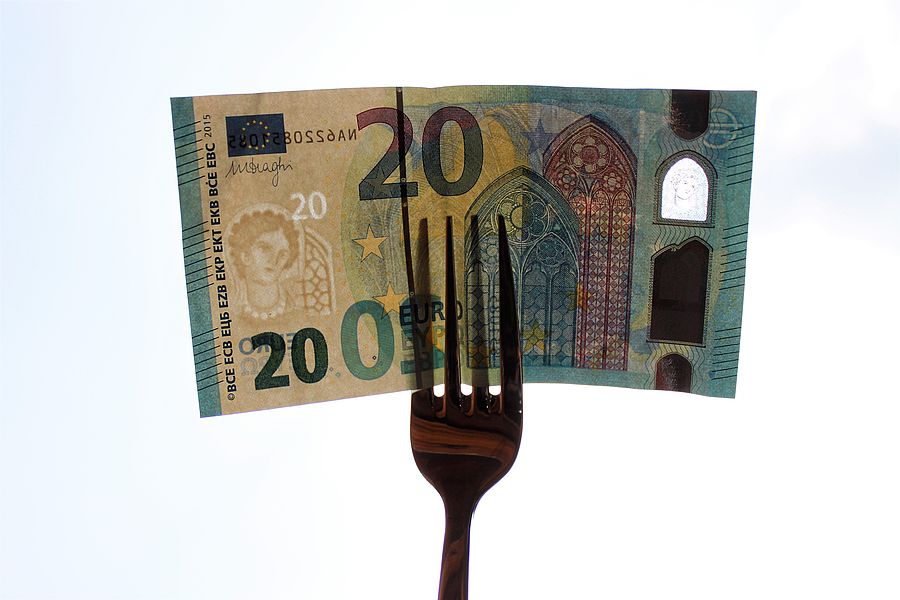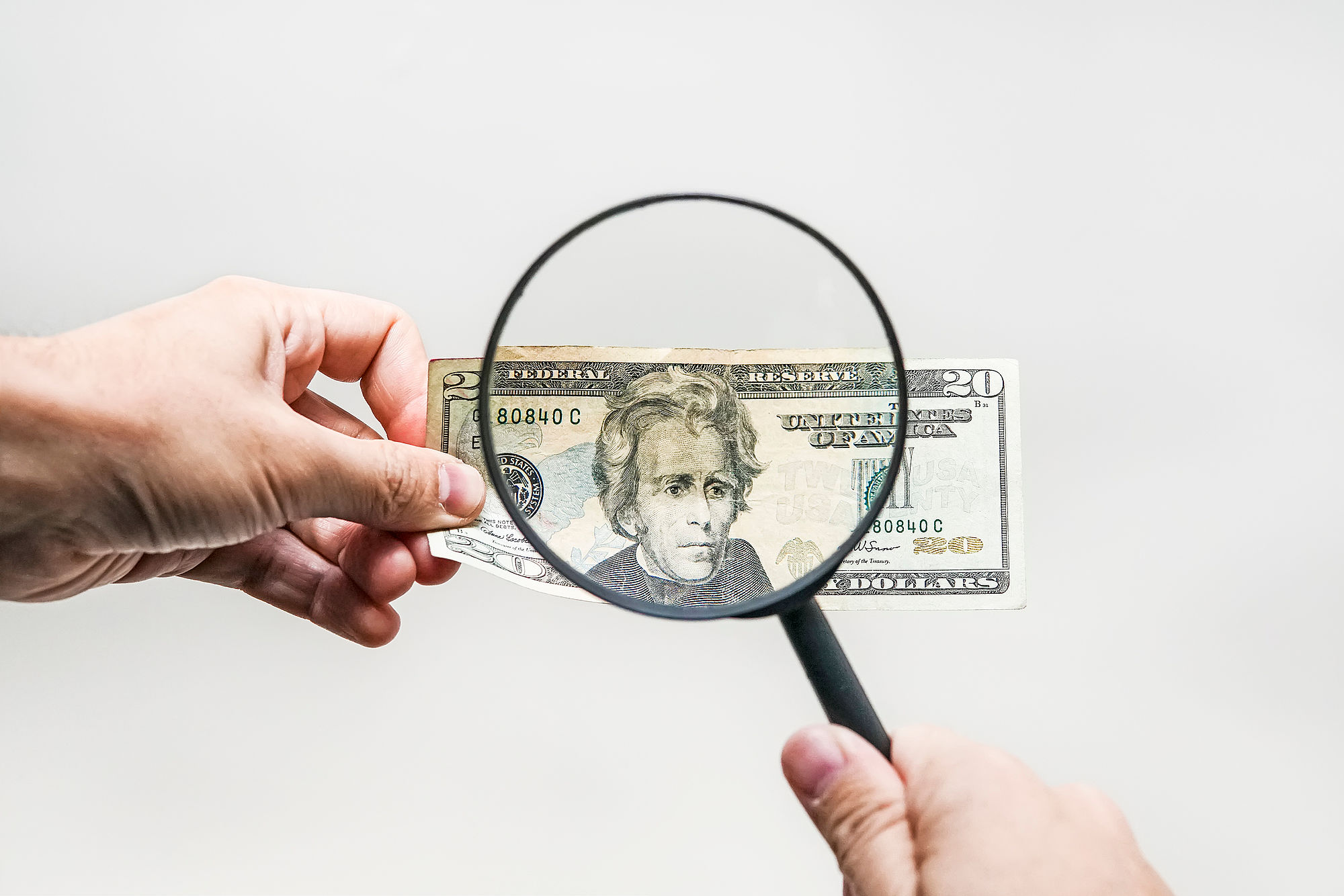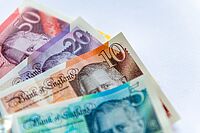There’s nothing more embarrassing and frustrating than having one of your bank bills refused by a cashier or a bank teller because it is counterfeit. Even if you were not badly intentioned, this situation can put you in an uncomfortable situation. As the saying goes, better safe than sorry: this article will show you how to simply spot a fake bill before it’s too late. Being able to easily spot a counterfeit bill will put you in a position to rapidly take the necessary actions to claim justice. Here is the magical recipe to help you spot a fake bill, whatever currency it may be, from a legitimate one.
Ingredients
First, like any good recipe, you need to have the right ingredients ready. Here is what you need to make your recipe successful.
1 cup of thorough research
Make sure to recognize the security features of the currency you’re handling. If you have access to the web, a prior research will do you right, but you can always ask one of our tellers at ICE Currency Exchange to explain those features to you. Keep an eye on watermarks, holograms, raised prints and textures.
½ Cup of Total Verification
Check every single bill that is handed to you at the exact moment they land in your hands, even if the bills are from an ATM. You will be aware of any potentially fake bill’s origin and it will double your chances to claim your deserved justice. If you wait before doing so, it can be difficult to prove the counterfeit bills’ source+.
1 teaspoon of origami
Fold one of the corners of the bills you know is legitimate. Doing so can help you keep track of your own bills and prevent a scam, if a shopkeeper or service provider were to switch your good bill for a fake one. This a common scam in Asia, especially in China. You will be sure that you are not the one who provided the fake bill and that the shopkeeper is trying to take advantage of you.
 Our three guests around the table:
Our three guests around the table:
1. The American dollar, because grass isn’t always greener …
Even if the American dollar is the most used currency in international transactions, it is not the safest one. The American dollar is the second most counterfeit currency, right after the British pound. That’s right, United Kingdom deserves first place, because it has a serious £1 counterfeiting problem that represents 95% of the counterfeit British money. I suggest you pay attention to your small change when visiting the tea country. Since it only affects one denomination, the British pound will not get any other mention in this article. On the American dollar side, the $20 and $100 notes are the most counterfeit of all.
2. The Euro, because the old continent keeps itself updated…
The Euro is the third most counterfeit currency in the world. Europe is a popular and diverse destination. It would be interesting to learn how to distinguish the bills security features for your next European trips.
3. The Chinese Yuan, because not only handbags can be counterfeit …
Even if the Yuan is not one of the most exchanged currencies in exchange kiosks, the Chinese Yuan still deserves a major place in this article as there have been numerous cases of fraud reported in China. If you travel to this country, that is, despite this situation, a magnificent place that deserves to be visited, keep an eye on your bills and make sure to check every one of them when handed to you. Two versions of the ¥100 exist. You need to look for the right features depending on the version you have in hand when checking your bills.
Preparation
Here are a few tips to validate the legitimacy of your money in three simple steps.
Step 1: Rub your finger on your bill and feel its texture
For the three currencies:
Compare its texture with a legitimate bill. Does it feel the same? Some counterfeit bills have a more glazed texture. The legitimate and new bills should have a ‘’crisp’’ sound.
USD - Dollar
- If the bill is new enough, you should feel printed ink on the middle portrait, as well as on the scene at the back of the bill.
- The most recent $100 bill has a 3D ribbon in the middle that moves the number 100 when you tilt the bill.
EUR - Euro
- You should feel printed ink on both sides of the €10 and €5. The numeral of the other denominations should also have printed ink.
CNY - Yuan
- For every version and if the bill is new enough and not too worn out, you should feel the printed ink on Mao Zedong’s portrait, on the signs (meaning People’s Bank of China), on the national emblem of China in the upper left corner, on the 100 in the upper right corner and on the Great Hall of People scene at the back of the bill.
Step 2: Hold your bill towards the light
USD - Dollar
- You should see a watermark of the middle portrait (or of the number five for $5 bill) on the right side.
- You should also see a security thread (its location change with the denomination). On this thread, should be written the denomination.
EUR - Euro
- You should see a watermark on the left side. The number in the watermark should appear darker when placed on a surface and lighter when held in direct light. A fake watermark will look printed on the paper.
- A security thread is embedded in the bill. It will appear as a dark line with ‘’EURO’’ and its denomination written on it when held in direct light. On fake bills, the line is greyer and won’t appear darker when held towards the light. The text could be missing or unreadable on the security thread of a counterfeit bill.

CNY - Yuan
- In every version, a watermark of Mao Zedong should appear on the left side of the bill. On a counterfeit note, the watermark will seem distorted.
- The ancient Chinese coin logo in red should complete itself in blue and red when held towards light.
- In the old version of the ¥100 and for all the other denominations in any version, a security thread will appear in the middle. For the newest version of the ¥100, it is a metallic security line that is in the middle of the note. This line will shift from red to green when tilted.
- On the newer version of the ¥100, the incomplete denomination in the lower left corner should complete itself when held in direct light.
Step 3: Take a close look at your bill and tilt
USD - Dollar
- For the most recent series, the denomination in the lower right corner should change colours when tilted (except for the $5 bill).
- The legitimate American note paper is made with tiny red and blue threads in its material. The counterfeiters often try to recreate this effect by printing those threads on the paper. You should be able to tell the difference when you take a close look at your bills.
- There should always be the serial number printed in the upper left corner as well as next to the portrait.
EUR - Euro - In the first series, on the €5, €10 and €20 notes, the hologram located to the left changes from the denomination to the Euro sign (€) when tilted. For the €50, €100, €200 and €500 bills, the hologram changed from the denomination to a doorway image. For the new series, in circulation since 2013, a Europa portrait becomes visible on the €5 and €10 bills when tilted. A fake hologram is generally static.
- Tilt a €50, €100, €200 or €500 bill and you should see the denomination written at the back change from purple to olive or brown.
CNY - Yuan - In the older version, the denomination in the lower left corner changes from green to blue when tilted on the ¥100 note and from golden to green for the ¥50 note.
- For the new ¥100, the denomination is written in green in the middle of the note. If you tilt the note, the denomination should become golden from bottom to top.
If you miss the recipe …
Now that you have mastered the art of fake bills spotting, it is useful to know what to do if you ever encounter one. It is possible that you never get your money back from the counterfeit note, even if you are a victim more than a criminal at the end of the story. However, if it is easy to prove the counterfeit note origin, you will have better chances at obtaining a refund.
If the bill comes from a bank or a bank-related ATM, keep the notes in your hand and tell the teller. He will help you with the procedure. If you always kept the notes in sight, the surveillance cameras may help you prove your innocence.
If you received the note from a cashier in a store, refuse the bill immediately and ask for another instead. Once again, it is important to always keep the cash in sight and never place it in your pockets or wallet.
If you realize that a counterfeit note is in your possession later, tell the local authorities. Unfortunately, in this situation, the police officers will keep the counterfeit note and you will not receive a reimbursement for the money you lost. Therefore, it is important to acknowledge the authenticity of the money you have now when it lands in your hands to be able to take the proper and more advantageous actions.
Never try to exchange or pay with a note you know is counterfeit. This could bring you trouble with the law and, in the end, you will have lost hours, if not days, to save a few bucks. This is not the best way to conclude vacations.
Where can I find the necessary ingredients for this recipe?
You could be tempted to use a credit or debit card to pay during your trip, but this solution is not 100% safe and not the most practical either. Having hard cash on hand is one of the most simple, easy and affordable ways to process payments during a trip. At ICE Currency Exchange, we care about your safety and this is why our currency exchange service includes currency security features tips and explanation. Exchanging your Canadian dollars in foreign currencies BEFORE your departure allows you to familiarize yourself with the new currency and start your journey with legitimate bills. To obtain your foreign currencies fast and at the best price, order online on our Click and Collect service. Let our currency exchange specialist chefs help you and guide you for a safer trip!






 Myriam Breton
Myriam Breton


